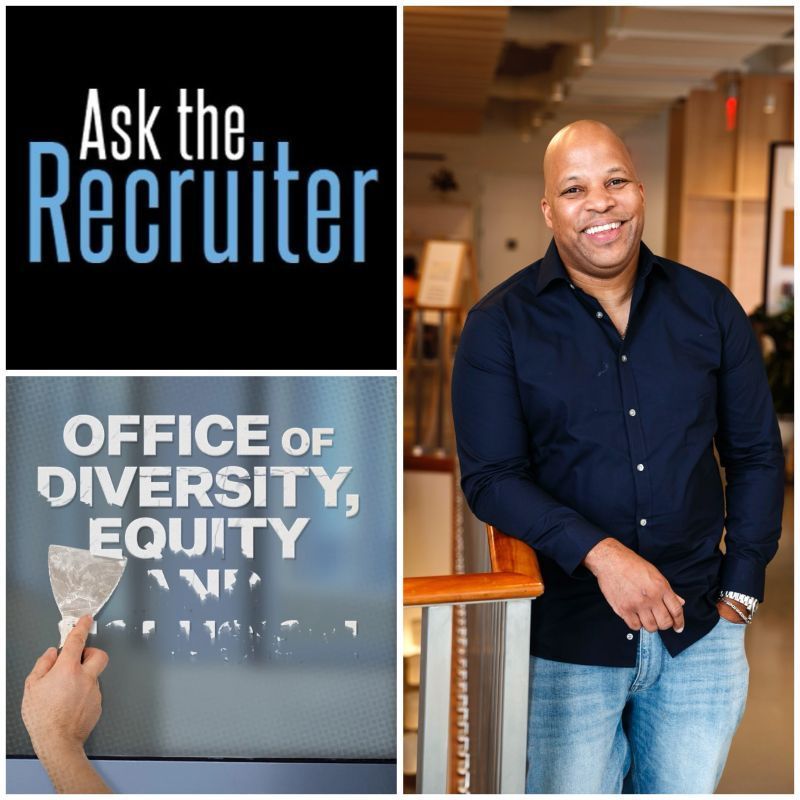Career Mentorship and The Responsibility of Black Men
Career advice from the world's top Diversity Recruiter & Developer of blkbox.tech

After placing a post on LinkedIn, I received a comment from a gentleman that I've never met personally but we have interacted several times on the social platform. His name is Bill Conley and he offered to mentor through our blkbox initiative. This is the type of thoughtful action needed to support the careers of Black Men -- thanks Bill!
Black men in professional careers have a unique social responsibility to their community. As members of a historically marginalized group, they have the potential to use their positions to effect change and create opportunities for others who have been disenfranchised. In this blog post, we will discuss the social responsibility of black men in professional careers and offer suggestions for how they can fulfill this responsibility.
First and foremost, black men in professional careers have a responsibility to serve as positive role models for the younger generation. They should strive to be examples of excellence, demonstrating to young black boys that they too can succeed in the professional world. This can involve mentoring young people, sharing their experiences and advice, and modeling professional behavior and values.
Additionally, black men in professional careers have a responsibility to advocate for diversity, equity, and inclusion within their workplaces. They should be vocal about the importance of diversity and work to ensure that hiring practices, promotions, and other opportunities are equitable for all. They can also serve on diversity committees, attend diversity training, and participate in employee resource groups to help foster a more inclusive workplace culture.
Black men in professional careers also have a responsibility to use their positions to give back to their communities. This can involve volunteering their time and resources to community organizations, supporting black-owned businesses, and using their professional expertise to help address issues such as poverty, education, and healthcare disparities. By giving back to their communities, black men in professional careers can help create more opportunities and improve the lives of those around them.
Finally, black men in professional careers have a responsibility to speak out against injustice and systemic racism. They should use their platform to raise awareness about issues affecting black communities, and advocate for policy changes that address systemic inequities. This can involve speaking publicly, writing op-eds or letters to elected officials, or joining advocacy organizations.
In conclusion, black men in professional careers have a unique social responsibility to their community. By serving as positive role models, advocating for diversity and inclusion, giving back to their communities, and speaking out against injustice, they can help create a more equitable and just society. It is essential for black men in professional careers to take this responsibility seriously and use their positions to make a positive impact on the world around them.
blkbox is a Career Resource portal designed for Black Men powered by East Coast Executives. Visit www.blkbox.tech to download the App.














